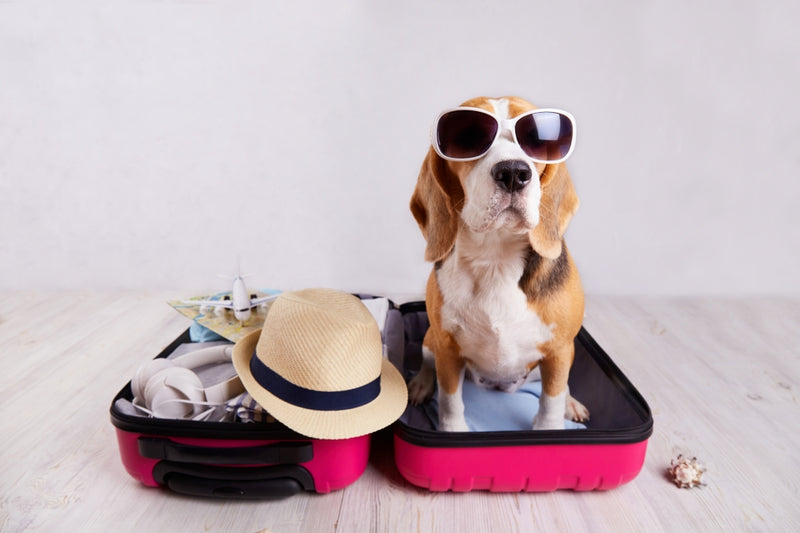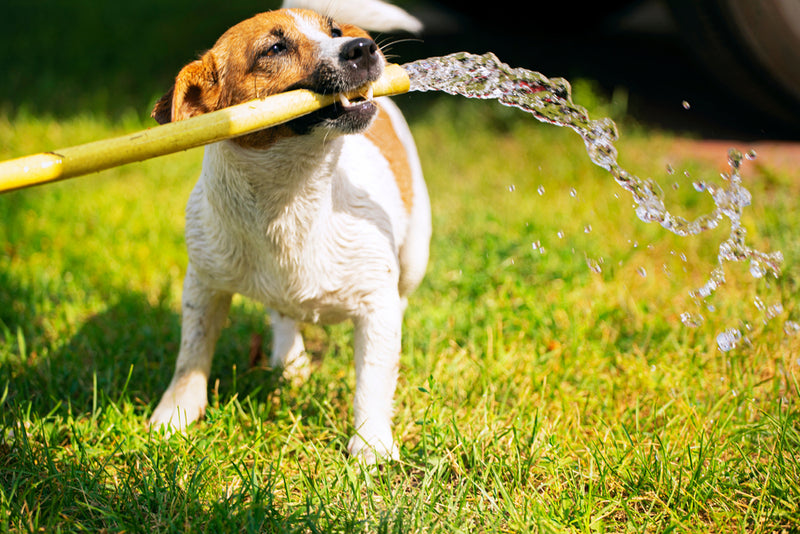
5 Essential Tips to Keep Dogs Safe in Cold Weather
When the temperature drops, you might envy your dog's built-in fur coat. Still, your pet's glossy fur won't ensure invulnerability against cold weather. These five wintertime safety tips for dogs can help keep Fluffy or Fido safe.
1. Learn your pet's limits
Like people, various dogs acclimate to cold weather better than others. For instance, breeders developed the Siberian Husky and Saint Bernard breeds with freezing temperatures in mind. A Chihuahua, Dachshund, or French Bulldog will prefer warmer climates and should spend less time outdoors in the cold. Depending on the temperature, they may even need a sweater or booties when they venture out the door.
2. Keep paws clean
It's common for people use chemical de-icers on frozen streets and sidewalks. These substances can be irritating or even toxic for pets. The ASPCA suggests cleaning your pet's paws and checking for irritation after each walk. During long walks, pack a towel or wipes to periodically clean your pup's paws, keep them dry, and check for issues. Before a walk, massaging a little petroleum jelly into the dog's paws can offer extra protection.
3. Bundle your pup up
Even the furriest pets still expose sensitive parts of their bodies, such as their ears and nose. Especially with dogs bred for warmer weather, consider bundling them up with a pet sweater, hat, and booties for protection from frigid temperatures.
4. Keep tags updated
No pet parent wants to lose track of their pet, especially when it's freezing outside. Only venture out after checking for a secure leash and updated tags on the collar. If your dog does escape, keep in mind that snow can cover scents which can make it harder for dogs to sniff their way home.
5. Avoid dry skin
Baths wash away the natural skin oils that provide dogs with natural protection against cold and other environmental conditions. Minimize baths during the winter, and contact a veterinarian about any concerns over dry or irritated skin on the body and paws. It's also advised to limit haircuts, especially ones that involve shaving down to the skin. Schedule full cuts in the spring and the end of summer to ensure your pet has plenty of time to grow in a protective coat before the first freeze.
Remember: If you're cold, your pet's cold
If you feel cold, your dog probably does too. Some breeds and individual dogs may have the coats to withstand frigid days and nights better than people, but as a rule of thumb if it's too cold for you to spend a lot of time outside, you should use that as a warning that it's too cold for your pooch as well.
Offer your pet extra support against winter weather
Wintertime is the perfect time to give your pet's skin and coat a healthy boost. Skin & Coat Bites from Moe's Healthy Pets provide your pets with essential fatty acids, vitamins, and minerals to support their fur and skin from the inside.




